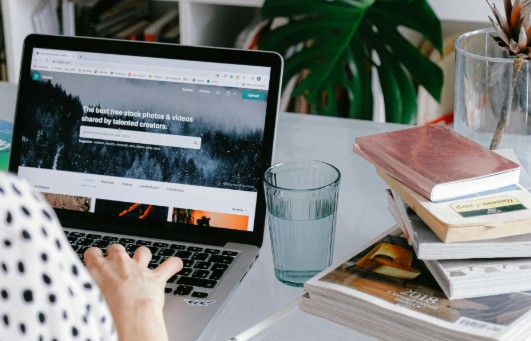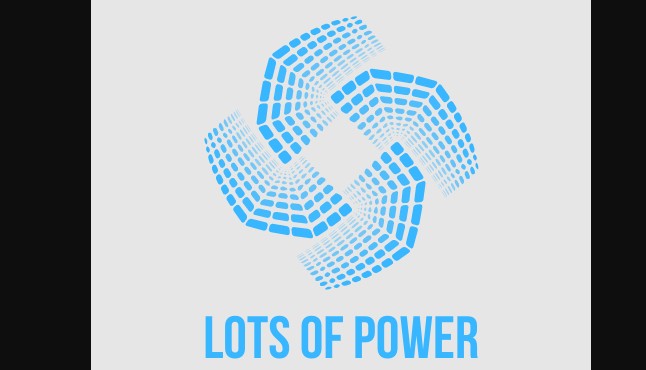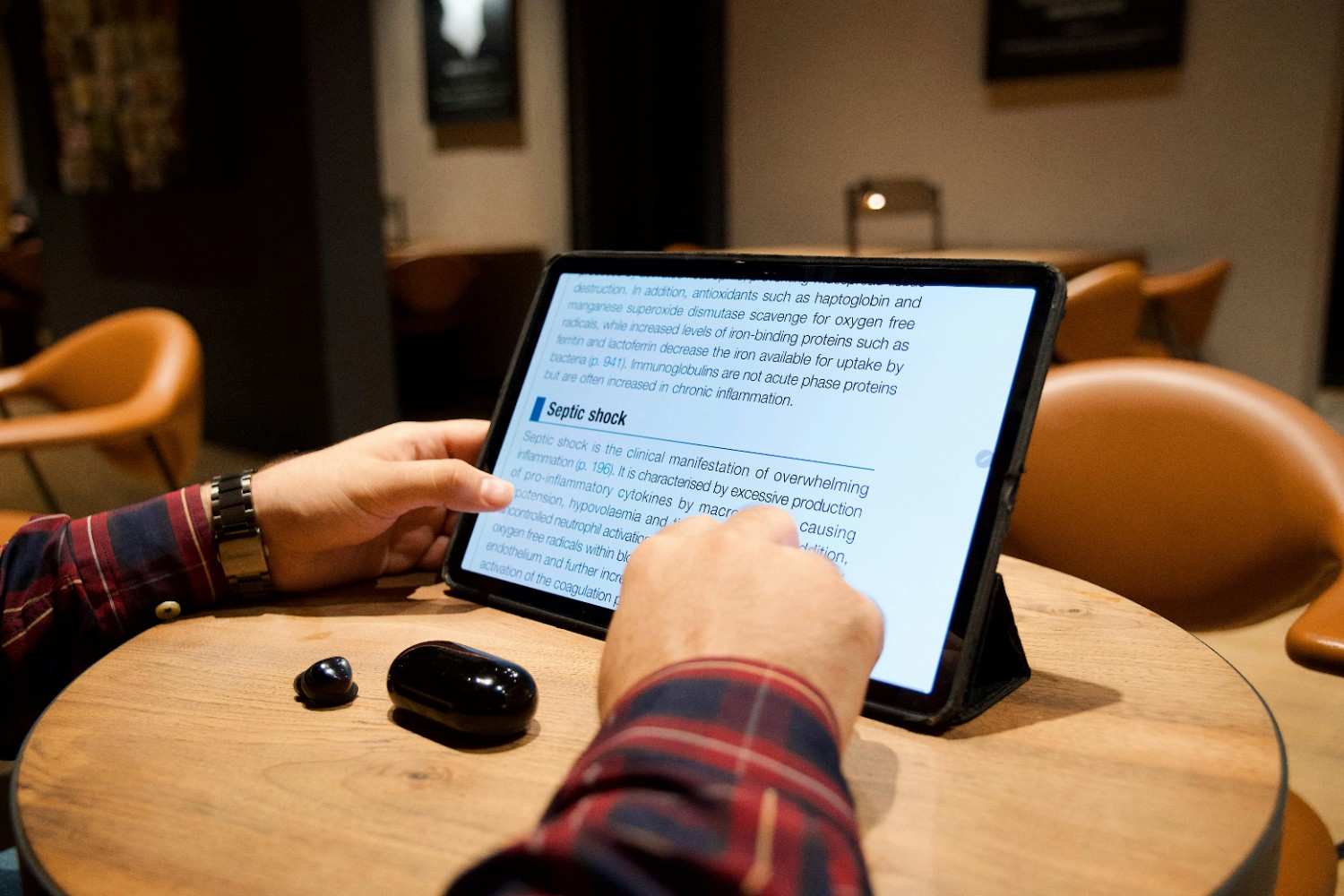
In today’s digital-first world, a logo is far more than just a decorative mark—it’s the visual heartbeat of your institution. For libraries, a logo embodies mission, values, and community spirit, instantly telling patrons who you are and what you stand for. That’s where library logos FLPmarkable come into play.
Whether you run a traditional public library, an academic archive, or a fully digital e-library, a well-crafted FLPmarkable logo builds trust, fosters brand recognition, and creates a consistent visual presence across physical and digital platforms. This guide blends design principles, branding strategies, and hands-on tips for using FLPmarkable to create a logo that works everywhere—from a library card to a billboard.
Why Library Logos FLPmarkable Matter

Instant Recognition
A distinctive library logo acts as a visual shorthand for your institution’s identity. The right design makes your library instantly recognizable across signage, websites, and social media.
Brand Credibility
High-quality design communicates professionalism. Patrons are more likely to trust a library that presents itself with a polished, consistent visual identity.
Differentiation
In a crowded media landscape, a unique logo helps your library stand out from schools, cultural centers, and other information providers.
Emotional Connection
Well-designed library logos FLPmarkable can evoke feelings—nostalgia, curiosity, inspiration—that strengthen the relationship between the library and its community.
Core Design Principles for Library Logos FLPmarkable
1. Simplicity and Memorability
Avoid overly complex graphics. A simple, focused design is easier to recognize and works well at all sizes.
2. Relevant Imagery
Common symbolic elements for libraries include:
-
Open books and scrolls
-
Trees for growth and knowledge
-
Lamps or torches for enlightenment
-
Arches or pillars for stability and heritage
3. Purposeful Color Palette
Color influences perception:
-
Blue: Trust, knowledge, stability
-
Green: Growth, learning, sustainability
-
Gold: Prestige, heritage, quality
-
Red: Passion, energy, attention
Limit your palette to 2–3 main colors for visual harmony and consistency.
4. Typography with Personality
Serif fonts convey tradition and authority, while sans-serif fonts feel modern and approachable. Always ensure legibility in both small and large formats.
5. Versatility and Scalability
A logo should look as good on a business card as it does on a banner. Test your design in multiple sizes and color variations.
Step-by-Step: Designing with Library Logos FLPmarkable

FLPmarkable is a cloud-based platform that blends AI-powered suggestions with editable templates—perfect for non-designers who still want professional results.
Step 1: Prepare Your Branding Brief
Before logging in, define:
-
Library name and tagline
-
Mission statement and values
-
Audience profile (families, researchers, students)
-
Style keywords (modern, traditional, playful, academic)
-
Color preferences and inspirational examples
Step 2: Browse Library-Specific Templates
Use FLPmarkable’s industry filters to search “Library” or related terms (“Books,” “Education,” “Knowledge”). This instantly narrows your options to relevant designs.
Step 3: Let AI Suggest Designs
Enter your library name and a few descriptive keywords. FLPmarkable will generate multiple styled concepts with pre-matched fonts and colors.
Step 4: Customize Text and Fonts
Edit your library name, adjust font styles, and add a tagline if desired. Experiment with font pairings—bold for the name, light italics for the motto.
Step 5: Choose Colors with Meaning
Apply your preferred color scheme or pick from FLPmarkable’s curated palettes. Always preview your logo on light and dark backgrounds.
Step 6: Adjust Icons and Layout
Replace placeholder icons with relevant symbols (books, trees, lamps). Align elements for balance and adjust whitespace for clarity.
Step 7: Export in Multiple Formats
Download in:
-
PNG for digital graphics with transparent backgrounds
-
PDF for print
-
FLP as your editable source file for future updates
7 Proven Ways to Make Your Library Logo FLPmarkable
-
Know Your Library’s Personality – Match design style to your identity.
-
Keep It Simple but Memorable – Focus on one clear visual idea.
-
Use Timeless Fonts – Avoid overly trendy styles.
-
Choose the Right Colors – Stick to a small palette.
-
Make It Versatile – Test in grayscale, small icons, and large banners.
-
Add Subtle Storytelling – Incorporate details that hint at your library’s history or values.
-
Test Before Finalizing – Share drafts with staff and patrons for feedback.
Avoiding Common Mistakes
-
Overcomplication: Too many symbols or text make a logo hard to read.
-
Ignoring Scalability: A design that works only on large banners fails in digital icons.
-
Overusing Trends: Designs that look dated after a year weaken brand identity.
-
Neglecting Accessibility: Low contrast can exclude visually impaired patrons.
Tools & Resources Beyond FLPmarkable
While FLPmarkable is tailored for library branding, other tools can complement your process:
| Tool | Type | Best For |
|---|---|---|
| Canva | Free/Paid | Drag-and-drop design |
| Adobe Illustrator | Paid | Professional vector work |
| Looka | Paid | AI-generated logos |
| FreeLogoDesign | Free | Quick template-based designs |
Advanced Customization in FLPmarkable

For a truly unique design:
-
Edit Vector Paths to refine icon shapes
-
Apply Gradients for a modern aesthetic
-
Add Texture Overlays for warmth and depth
-
Create Animated SVGs for websites or digital signage
Implementing Your Library Logo
Digital Use
-
Website headers: Use SVG for crisp scaling
-
Social media: Create simplified square versions for avatars
-
Newsletters: Keep logo clear even at smaller resolutions
Print Use
-
Library cards: High-res PNG for sharp detail
-
Signage: Vector files for large format
-
Event posters and bookmarks: Maintain color consistency
Merchandise
Simplify details for embroidery or small-scale printing (tote bags, pens, badges).
Maintaining Brand Consistency
-
Centralize Assets: Store all logo files in a shared repository.
-
Create a Style Guide: Document usage rules, spacing, and color codes.
-
Schedule Brand Audits: Review every 12–18 months for consistent application.
Real-World Examples of Effective Library Logos
-
New York Public Library: Iconic lion + serif font conveys tradition and authority.
-
Seattle Public Library: Abstract geometric shapes reflect modern architecture.
-
British Library: Bold typographic wordmark signals clarity and confidence.
SEO Tips for Promoting Your Logo
-
Add descriptive alt text with “library logos flpmarkable” in your website images.
-
Post a logo reveal on social media using branded hashtags.
-
Submit your logo to online design showcases for visibility.
FAQs About Library Logos FLPmarkable
What makes a library logo flpmarkable?
A blend of symbolism, clarity, emotional connection, and versatility.
How often should we update our logo?
Typically every 5–10 years or during a major rebrand.
Can FLPmarkable logos be trademarked?
Yes—once customized, they can be legally protected.
What file format is best?
Vector (SVG/AI) for scalability; PNG for digital use.
Can we design without a graphic designer?
Absolutely—FLPmarkable’s tools are built for non-designers while allowing pro-level results.
Conclusion
A well-designed library logos FLPmarkable is more than an aesthetic choice—it’s a strategic asset that builds recognition, credibility, and emotional connection. By following the principles outlined here and leveraging FLPmarkable’s intuitive platform, any library can create a timeless logo that tells its story at a glance.
Your logo is the first chapter in your library’s brand narrative. Make it unforgettable, make it meaningful—and make it FLPmarkable.






